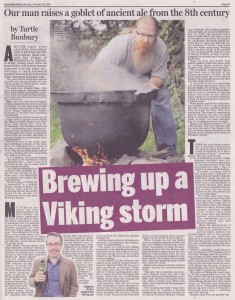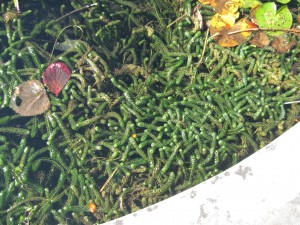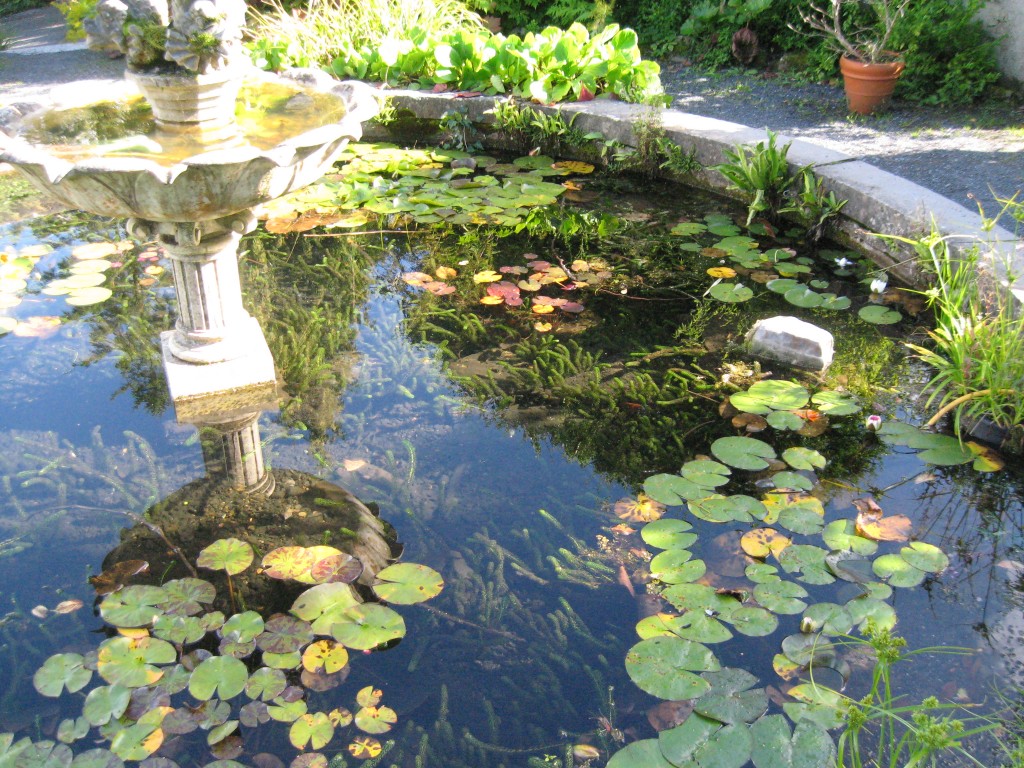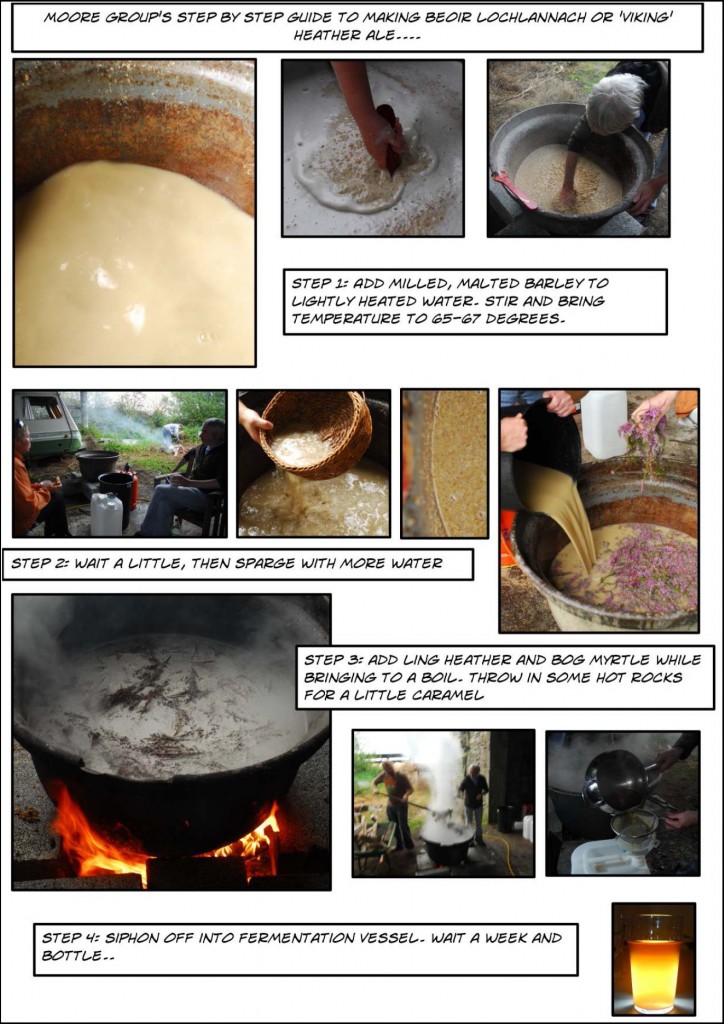Recently I was asked by a local journalist would I be interested in her doing a ‘day in the life of an archaeologist’ feature. I replied to her saying that, although it would be good marketing, my job these days would make very dull reading… Although we have some projects monitoring water, sewage schemes etc.. (which involves one of us standing by a machine looking at a hole in the ground) my day is often spent completing public procurement tender documents – not exactly exciting.
Which brings me to the point of this blog entry… The current public procurement system in terms of archaeology is a mess. The current procedure has evolved over the past three to four years, and the nub of the problem is that Local Authorities and semi-states have elected to pass the archaeological risk onto the contractor. When a scheme is proposed (and in many cases, we’ve learned that there is no budget allocated to the scheme as yet) the contesting contractors must elect a team comprised of their subconsultants and subcontractors including an archaeological consultant. Each of the members of the team must complete a PQQ (pre-qualification questionnaire) in order to enter the competition. Shortlisted firms and consortia then present a fixed price tender.
Each local authority and semi state interprets the PQQ requirements differently, some even have entirely different forms. So no one PQQ is the same. Each one can take up to a day to complete. A personal declaration must be completed, countersigned by a public notary or other authorised body. In this case, although a declaration is a declaration, some tendering bodies have insisted on an original declaration for their tender, which means that, if we enter a competition with 5 teams, we need 5 declarations. So I spend a good part of my time going to Garda stations, solicitors or whoever to get a signature! Sometimes I’m charged €10-€30 for these signatures (which cash I’ve noted tends to go straight into pockets, presumably handy lunch money)! Then they require balance sheets, accountants letters, bankers letters, H & S documents, Insurance documents, CV’s, and numerous other documents.
All this for jobs, which in some cases may be worth only €2000-€3000 to us, while the company or contractor who is leading the team, and may end up turning over hundreds of thousands or even millions of euros from the job, fills in the same level of detail. And this is only to qualify for the tender!
In some cases we believe that these jobs will not even happen. In other cases the number of tendering companies is so large that the chances we will qualify are minimal. For example, in one case recently we entered a competition for a major (proposed) semi state development as part of 5 team submissions. We learned later that there were a number of consortia shortlisted out of a total of 52 entries.
And that is only the beginning of the fun…..the most fun of all is to be had in trying to determine a FIXED PRICE for undertaking all the archaeological services that will be required for the completion of the contract. Yes you have read that correctly and the normal definition of ‘Fixed Price’ does apply. In light of this it is interesting to note the opening sentence of the definition of ‘Fixed Price’ in wikipedia:
The term “fixed price” (as in: fixed-price contract) is a phrase used in the English language to mean that no bargaining is allowed over the price of a good or, less commonly (our emphasis), a service.
Wikipedia’s definition concedes that it would be uncommon for a service to be fixed price, and the last time I checked we are a service industry, but that does not concern the Department of Finance here in Ireland. Therefore we have to come up with a fixed price to provide consultation, undertake archaeological testing and monitoring as required and resolve any archaeological features that may be discovered during the course of a construction contract. Considering that you try and avoid any known archaeology during the design phase the expectation would be that any archaeology you do discover was previously unrecorded and therefore nobody knew it was there, but obviously we knew it was there and can provide an exact estimate on what it is, the extent of it, how much of it will need to be ‘preserved by record’ (Read the various rants on this term elsewhere) / excavated to facilitate the proposed development, what extra requirements the various stakeholders will add to the equation, how much the processing of finds (yes we do know exactly what type and how many of each find we will find too) and environmental sampling will be required as well specialist reports, paleobotanical analysis and radiocarbon dating…. oh and the the final report production!
Yeah, my day is just a barrel of laughs!!
Then again – I’m just glad I’m not the person who has to read all this crap….





